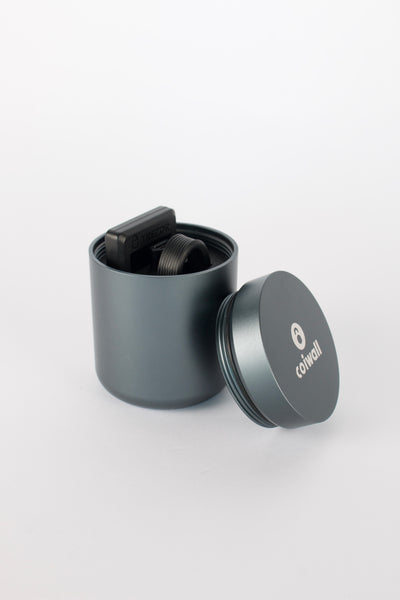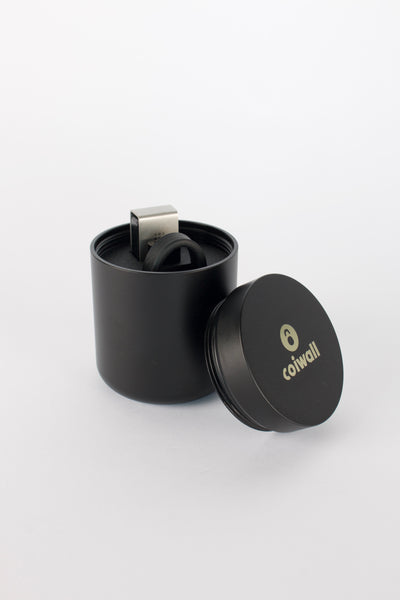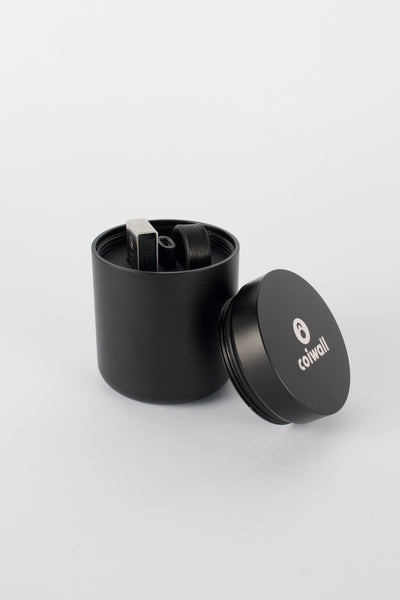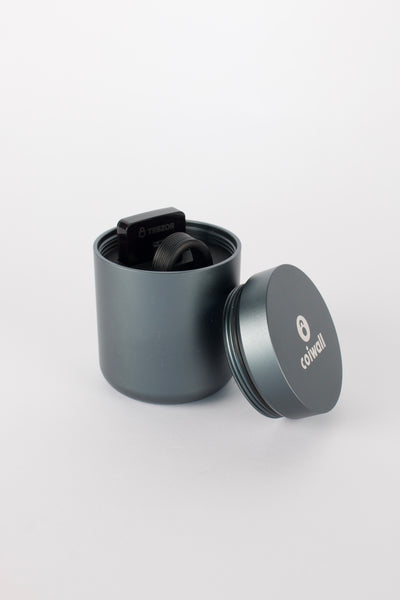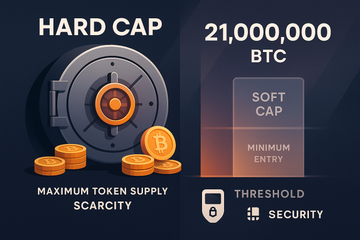Ever stumbled across a crypto project's whitepaper and read something about a 'hard cap' but just sort of nodded along? Yeah, happens to the best of us. Truth is, hard cap is more than just a technical limit — it's one of those foundational ideas that shapes how cryptocurrencies are created, distributed, and ultimately, how investors (like you or your friends) decide whether a new token is worth attention.
So, What Exactly Is a Hard Cap Anyway?
Picture an exclusive party — there's only room for 1,000 guests. Once all the tickets are sold, that's it. No amount of pleading at the door will get you inside. In the world of cryptocurrencies, a hard cap is basically that door: it's the maximum number of tokens a project will ever mint. Once they hit the ceiling, there's literally no more. Whether it's Bitcoin's famously strict 21 million limit or a quirky meme coin with a cap for fun's sake, the concept brings a sense of scarcity (and, let's be honest, a little bit of FOMO).
Contrast: The Soft Cap — The Safety Net
We've highlighted the hard cap — but let's talk about its not-so-talked-about cousin, the soft cap. If the hard cap is the absolute maximum, the soft cap is more like the minimum threshold. It's the point the project needs to reach for things to really get going. If a token sale's soft cap isn't achieved, plans may stall or even get scrapped. The hard cap, on the other hand, is a sort of 'mission accomplished' sign — if the token sale reaches this point, distribution stops no matter what.
Why Should You Even Care?
Sure, it sounds like another bit of crypto jargon, but think about it: in a world obsessed with digital money, scarcity makes things valuable. Remember those childhood trading cards? The rarer, the cooler! The same logic applies here. Projects with a low hard cap can actually rile up demand, since people know there's only a fixed number of tokens in circulation. It gives a project clear boundaries and reassures investors the team won't just flood the market with tokens later on, crushing the value of what they've already bought.
Hard Cap in Action: Bitcoin Set the Standard
Let's not dance around it — Bitcoin is the poster child for hard caps. Its 21 million supply is locked in tighter than a vault at Fort Knox. No more will ever exist. This is partly why Bitcoin has remained such a store of value, especially as people start to see the dollar or euro as less trustworthy. The sense of digital scarcity makes every Bitcoin feel a bit like a collector's item.
What's the Deal for Investors?
Honestly, when investing in any token sale, the hard cap should be one of the first numbers you look for. If the cap is sky-high, but the project's community is tiny, it could end up diluting your investment. It's a bit like buying into a company that keeps printing more and more shares — each one is less valuable the more there are. On the flip side, a project with a sensibly low cap could, in theory, see prices climb faster if the idea catches on.
Choosing the Right Fit: Hard Cap vs Soft Cap
- Hard cap — absolute max number of tokens ever created.
- Soft cap — the minimal amount needed for a project to proceed (anything below: probably a no-go).
Both caps matter, but for different reasons. Hard cap defines value through scarcity, soft cap ensures the project's viability.
Trezor, Ledger & the Art of Scarcity in Hardware
Okay, here's where things get hands-on. You know how crypto hardware wallets like Trezor or Ledger are all about security and control over your assets? Well, the hard cap is like their built-in security mechanism for a token. Hardware wallets let you store those precious limited-supply tokens offline, safe from hackers and exchanges. Think of it this way — what's the point in being part of an exclusive club (a token with a hard cap) if you leave your entry pass lying around for anyone to take?
Ledger and Trezor regularly publish guides and updates about managing scarce assets, token splits, or upgrades — because they know, as do most savvy investors, that the limit on supply is only valuable if it’s genuinely protected.
When Projects Play It Loose: The Risks of No Hard Cap
Now here's the flip side: some tokens have no hard cap at all. Sounds wild, right? But it's not uncommon. Many staking coins or 'utility tokens' allow endless minting. This might make sense for in-game currencies or specific DeFi scenarios where growth is tied to use. Still, with no end in sight, inflation can creep in, and, just like with regular money, the value of your holdings might slowly erode.
The Social Side: From Meme Coins to Mega Launches
The buzz generated by a hard cap can be as important as the economics. Think about Dogecoin or new meme tokens — hard cap or not, what matters often is the story and excitement a project can generate. Yet, over time, tokens with credible hard caps and transparent teams tend to attract more serious investment. There’s a comfort in knowing no one can change the rules halfway through the game.
Examples from Real Token Sales
Large projects like Ethereum initially set a hard cap for their ICO, gathering millions in record time, while others (like Axie Infinity’s AXS) openly share their max supply and planned emission rates. Investors keep a close eye on these numbers — they're a clue to how the token's future might play out.
Looking Ahead: Hard Cap and the Future of Tokens
The conversation about hard cap isn’t just technical — it’s philosophical too. Does digital scarcity make a token more than just software? Can a crypto cap build trust, or does it simply hype up demand?
Here’s the thing — the more projects that get this right, the more investors and users can build trust in new launches. It’s not foolproof, and a hard cap alone won’t make a project succeed, but it’s a flag for intent and transparency.
Key Takeaways (In Case You Skimmed)
- Hard cap = the ironclad max supply of tokens. No more, ever.
- Soft cap = the minimum a project needs to kick off.
- Scarcity can drive value — but only if the token offers real utility or market excitement.
- Hardware wallets like Trezor and Ledger help keep your capped-supply tokens genuinely scarce (and safe).
- Always read the fine print before buying — tokenomics really can make or break your crypto journey.
So next time you spot 'hard cap' in a token sale document, pause for a moment. Is this an exclusive club you want to be part of? Only you can decide.

